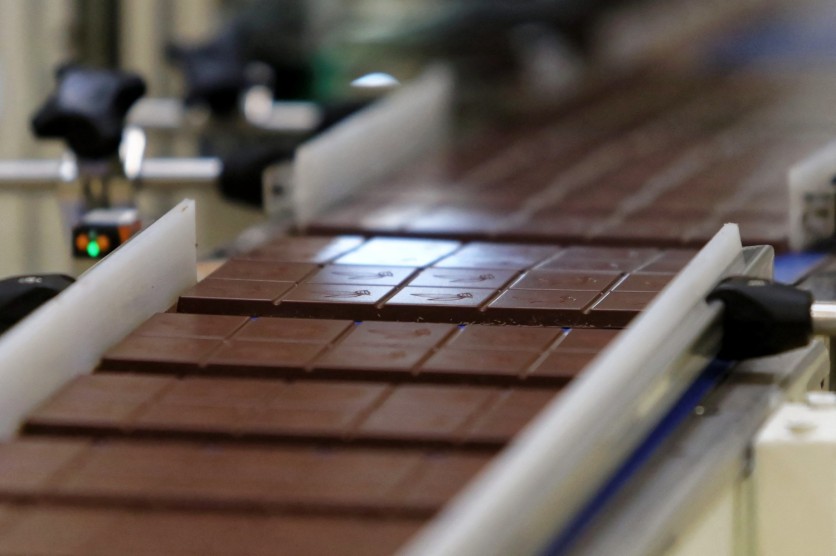
Scientists have determined that the lubricating effect of chocolate on the tongue is the key to the candy's seductive melt-in-your-mouth appeal.
The physical transformation of a chocolate square into a liquid emulsion was the subject of recent scientific research, The Guardian reports. It was discovered that chocolate caused the creation of a fatty film that coated the tongue and left it feeling silky smooth for the duration of the chocolate's stay in the mouth.
Researchers at the University of Leeds, led by Dr. Siavash Soltanahmadi, found that their results might be utilized to create low-fat chocolate that gave the impression of a high-fat product.
He thinks the next generation of chocolate may be made that has the taste and texture of high-fat chocolate but is lower in calories and fat.
The results were published in the journal ACS Applied Materials & Interfaces.
Hints of Rich Texture
Using an artificial tongue and a high-end dark chocolate, Dr. Soltanahmadi and his team set out to study the perception of texture. The gadget, which is driven to move like a human tongue and has a 3D-printed texture that mimics the feel of a tongue, is maintained at 37C (98.6F).
They discovered that depending on the fat content of the chocolate, the tongue quickly gets coated in a fatty layer shortly after the chocolate is put in the mouth. After that point, researchers noticed that the solid cocoa particles produced were crucial to the overall tactile experience.
For chocolate to have that satisfyingly rich texture, "we are showing that the fat layer needs to be on the outer layer of the chocolate, this matters the most, followed by [an] effective coating of the cocoa particles by fat," said Dr. Soltanahmadi.
This indicates that the fat found deeper inside the chocolate contributes little to the overall feeling and may be lowered without changing how the chocolate tastes.
Also Read: Dark Chocolate Study Detects Harmful Metals Lead, Cadmium: Is It Safe To Eat?

Potential Healthy Substitute
The study authors speculated that low-fat chocolate bars that were covered in high-fat chocolate might be a healthy substitute.
Since low-fat varieties of chocolate are not necessarily as appetizing, making healthy chocolate is a problem for the food sector, according to Dr. Soltanahmadi.
These findings suggest that the clever design of dark chocolate by manufacturers is a viable option for lowering its total fat level.
"We believe dark chocolate can be produced in a gradient-layered architecture with fat covering the surface of chocolates and particles to offer the [sought-after] self-indulging experience without adding too much fat inside the body of the chocolate," Dr. Soltanahmadi remarked.
The study's authors argued that their methodology might be used to develop healthier variations of other foods that undergo a similar transition in the tongue, such as ice cream or cheese.
See Also : Samsung's New AI-Powered Oven Livestreams Your Food! Here are Bespoke AI Oven's Other Features

ⓒ 2025 TECHTIMES.com All rights reserved. Do not reproduce without permission.




